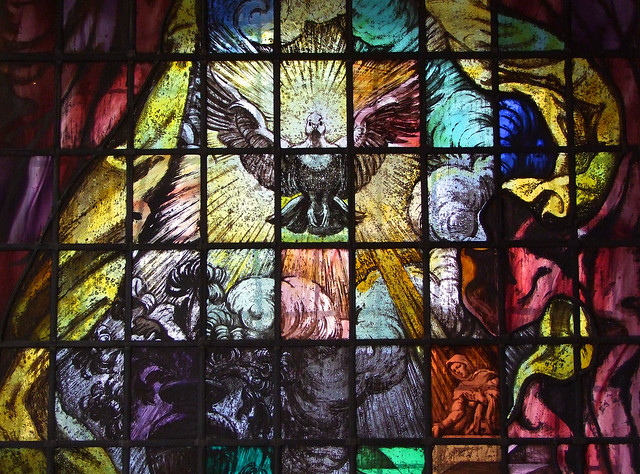| |
|
|
|
|
A church here was mentioned in 959, but its
medieval replacement was destroyed in the Great Fire. It
was rebuilt by the Wren workshop, and is the biggest of
all the Wren churches. By far the most north-westerly of
the City churches, it belongs as much to Farringdon and
Bloomsbury as it does to the City of London, and its
design has more in common with Wren's St James Piccadilly
than anything in the City. It was built on the
foundations of its predecessor, and the vast rectangular
box of its bulk is shot through with light from a
magnificent range of windows like a clerestory in each of
the high aisle walls. Simon Bradley detected the hand of
Hawksmoor in the extravagant genius of it all.
Like the rest of the area between Holborn and St Paul's,
St Andrew was utterly destroyed in the firestorm of
December 29th 1940. Only the exterior walls and part of
the tower survived, all calcified. It took twenty years
for Seeley & Paget to reconstruct it, and the result
is one of the most successful of post-war restorations, a
wide, simple, dignified space. The floor is chequered as
at St Vedast and St Bride, but instead of a
collegiate-style arrangement there are simple,
traditional furnishings facing towards the great rood
above the chancel, not dissimilar to St Mary le Bow. The
glass in the Venetian-style east window is by Brian
Thomas, who also made the glass in the reredos in the
lady chapel beneath the tower.
Thomas Coram is buried near the west door, and two
figures from his hospital flank the west side of the
tower. On the north side is an 18th Century tympanum
depicting the last judgement, which was originally placed
above the graveyard of Holborn parish workhouse.Simon Knott, April 2016
location: Holborn Circus EC4A 3AB
status: working guild church
access: open 9am-5pm Monday to Friday
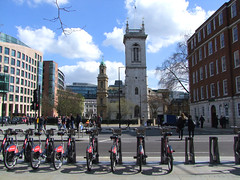 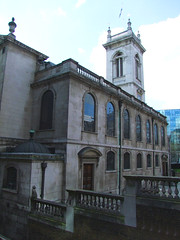 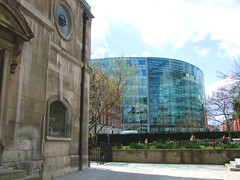 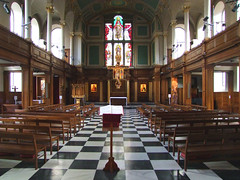 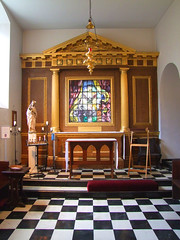 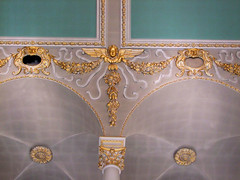 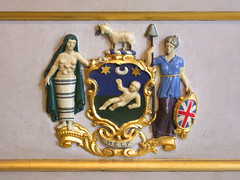 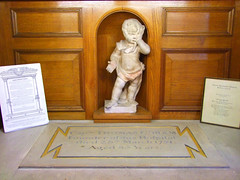 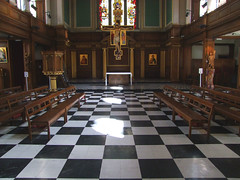 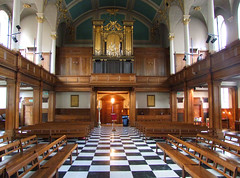 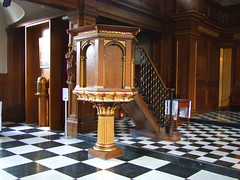 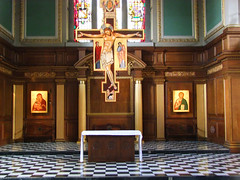 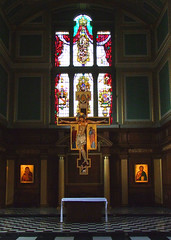 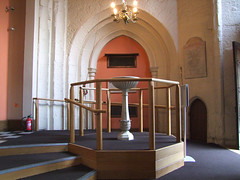 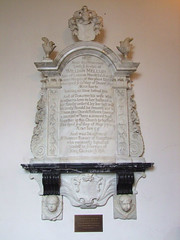 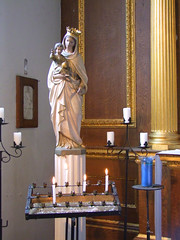 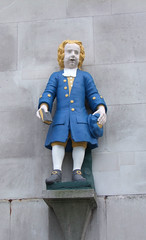 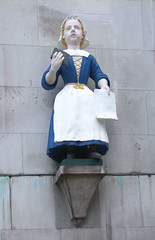 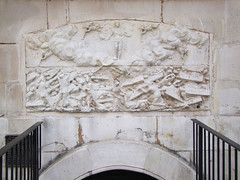
Commission
from Amazon.co.uk supports the running of this site
|
|
|
|
|
|


